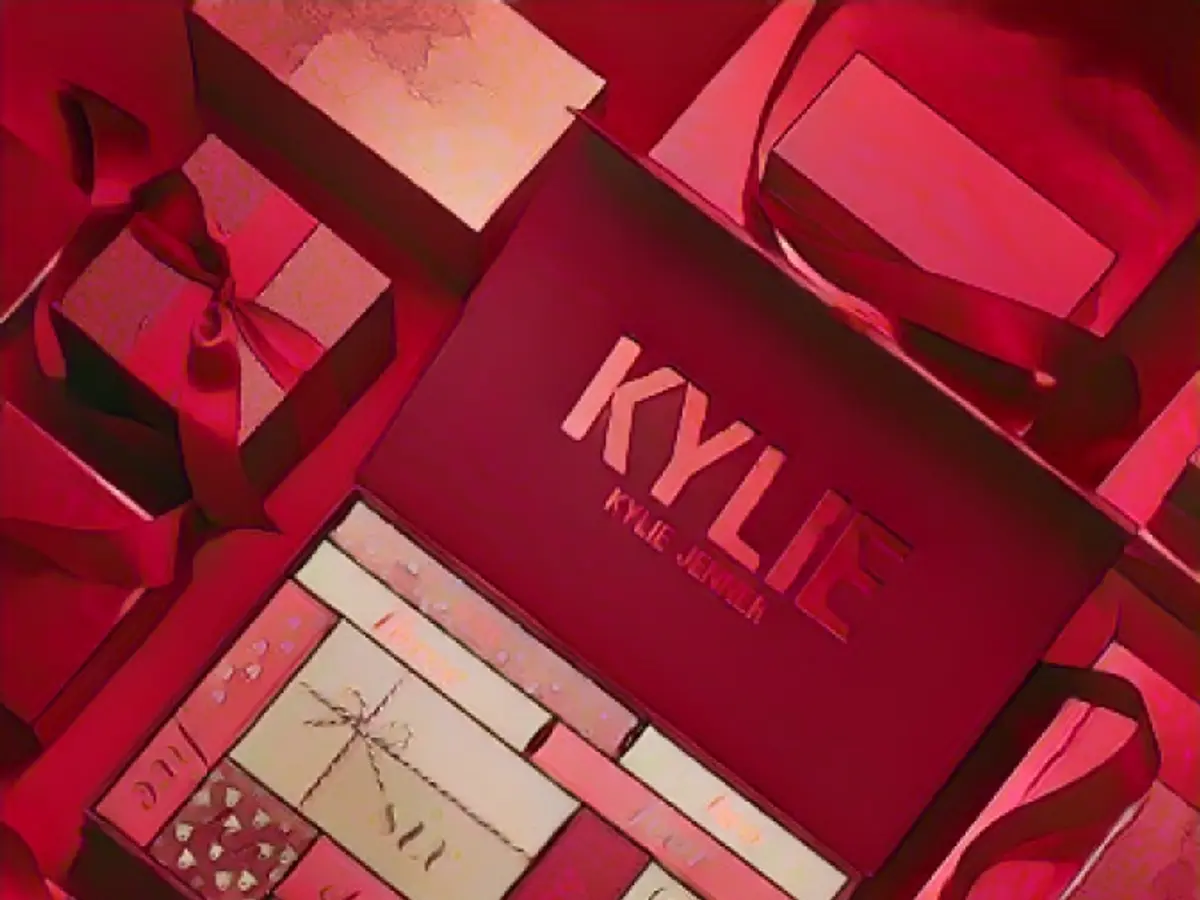Luxurious Advent Calendars Take Over Germany
With the holiday season almost upon us, it's no secret that Germans love their Advent calendars. A survey by market research agency Appinio found that 96% of Germans between 16 and 64 have already purchased or plan on buying one. So what makes these calendars so irresistible?
Becoming a Monthlong Marketing Strategy
The humble origin of the Advent countdown dates back to the early 19th century when Protestants marked the season with a windowed candle or religious picture. Fast forward to the 21st century, and we've arrived at an extravagant festivity, with luxury brands cashing in on the opportunity.
Cosmetics companies were among the first to capitalize on this trend, offering Advent calendars tailored to adult skin needs. These high-end calendars range from television-sized boxes to limited editions filled with samples and full-sized products. The price tag reflects the exclusivity and indulgence, with consumers willing to spend up to 1,500 euros on a single calendar.
It's not just beauty brands cashing in on this holiday tradition – look around and you'll find calendars filled with booze, gourmet food, jewelry, scented candles, pet treats, and even sex toys.
The Most Popular Types of Advent Calendars
An analysis by the Wolf of SEO agency revealed that beauty, jewelry, and alcohol boxes are the most popular in Germany. But don't discount the lesser-known or unusual options.
- Specialty Food and Beverage Calendars: Gourmet jams, chocolates, and coffee are just a few examples of the specialty treats hidden behind these calendars' doors. The Bonne Maman Limited Edition Advent Calendar, including various fruit and honey-based spreads, is a popular choice.
- Unusual and Specialty Calendars: Brands are getting creative with their calendars, offering options like superfood chocolates, gin, and tea. Cutting beyond tradition, calendars filled with tools, porcelain, and tech accessories are also gaining popularity.
- Themed Advent Calendars: These calendars, centering around movies, TV shows, or sports teams, are less frequent but do have a dedicated following. Fans of these niche calendars are willing to pay a premium for their favorite franchises included.
The Rise of Luxury Advent Calendars
As consumers continue to seek out experiences and exclusivity, these luxury Advent calendars are poised for further growth. Brands use the opportunity to feed their customers with brand values for almost an entire month.
Not everyone is a fan of the glamorized version of this tradition, with some pointing out the environmental impact and financial extravagance of these high-end calendars. But for many, the Advent calendar has evolved into a much-loved ritual, marking the countdown to the festive season.
Sources:
Enrichment Data (suggested but not included in original): 1. The Cost-Effective Option: Some budget-friendly Advent calendars also exist, offering a more affordable yet still enjoyable version of the tradition. For instance, Lidl offers a 24-door Advent calendar filled with a mix of chocolates, sweets, and toys for ~2.50 euros. 2. Exploring Alternatives: In an effort to embrace sustainability, some companies have begun experimenting with eco-friendly alternatives to the traditional Advent calendars by transitioning to reusable containers and minimal packaging. 3. Charity-based Advent Calendars: Charitable initiatives have also jumped on the advent calendar trend, with companies like Toms Shoes offering calendars filled with sustainable products, donating part of the proceeds to charity.








